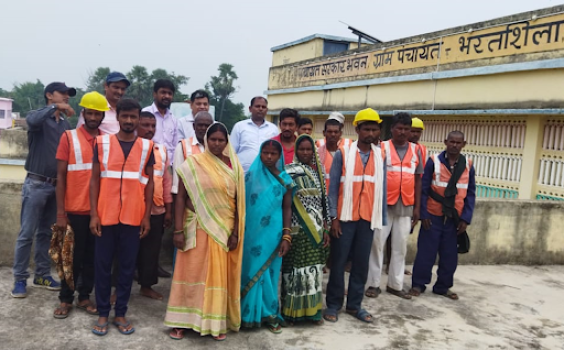Understanding and addressing the human resource needs (HR) and gaps in the sanitation and hygiene sector is a critical part of achieving universal access to adequate and equitable sanitation and hygiene. To understand the current and future HR needs and gaps of the sanitation and hygiene sectors, and identify priority actions and pathways to address barriers, USAID’s WASH Partnerships and Learning for Sustainability (WASHPaLS) #2 project conducted a sanitation and hygiene sector workforce capacity needs assessment (CNA) focused on sub-Saharan Africa and South and Southeast Asia.
This toolkit contains the tools and resources used by WASHPaLS #2 in its assessment that can be saved and adapted to support the design, implementation, analysis, and report writing of future such endeavors. Using these tools, assessments may range in scope and level of detail, from the national level to the subnational, and from a more qualitative focus to a more quantitative one to estimate exact HR shortages.
The tools and resources are organized by four main steps below. Hover over each card to review and download the list of resources used in each step.

STEP 1
methodological framework, desk review, and stakeholder identification
This step serves to:
- Develop and contextualize the methodological framework
- Map the institutional context, e.g., sector institutions and policies (including HR)
- Review progress to SDG 6.2 and trends influencing sanitation and hygiene

STEP 2
tool development and planning for data collection
This step serves to:
- Develop data collection tools
- Plan data collection (Key Informant Interviews [KIIs] and workshops)

STEP 3
data collection and analysis
This step serves to:
- Assess existing and future HR demand for competencies
- Assess HR shortages
- Understand and assess the supply of HR capacity
- Map barriers and opportunities to improve HR capacity
- Optional: undertake quantitative data collection
- Undertake qualitative and quantitative data analysis

STEP 4
report writing
This step serves to:
- Formulate clear analysis on HR shortages, gaps, and underlying dynamics
- Formulate recommendations
TOOLS AND RESOURCES


